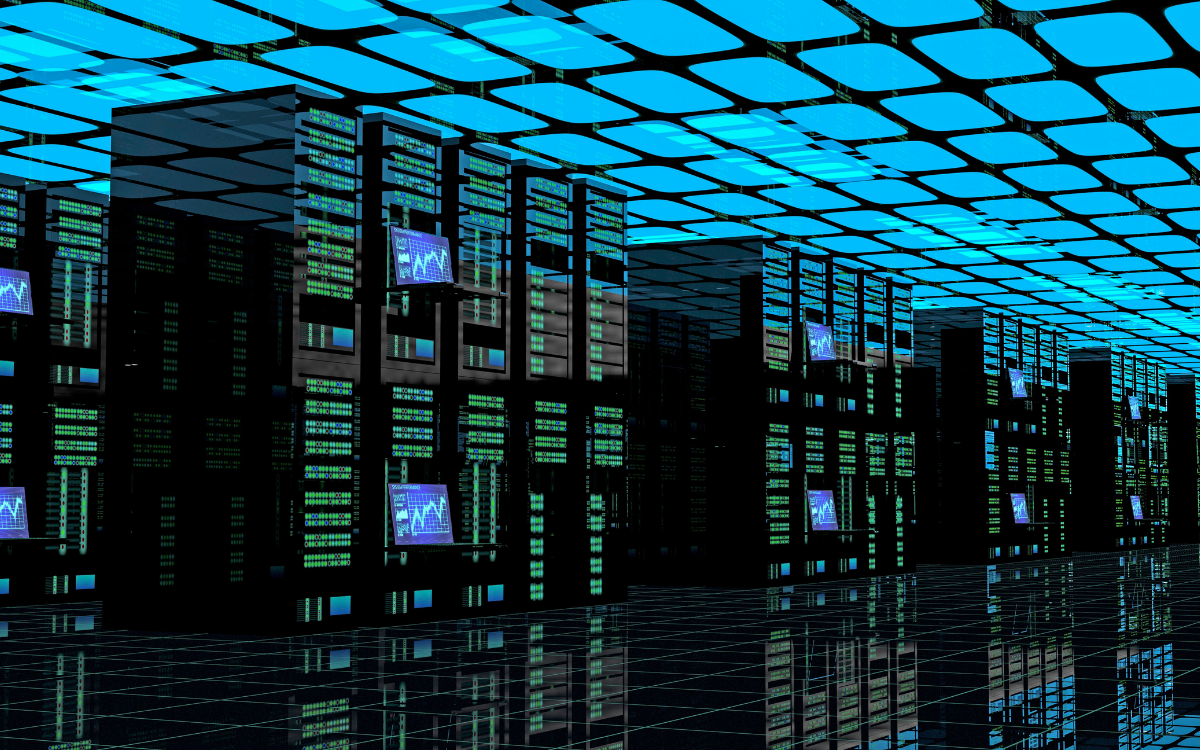
SUSTAINABLE TECH
AI and the Environment
By Bria Zegarelli
 August 12, 2025
August 12, 2025
Recently, artificial intelligence (AI) has truly taken the world by storm, becoming one of the most popular ways to retrieve information from the internet.
It’s been incorporated into both business and academia, and it is highly used in our modern everyday lives. It can be incredibly helpful, especially when you need large amounts of data or information summarized in an easily accessible way. If you are unfamiliar with how AI works, a very simple explanation is the following: essentially, when you ask AI a question, the system scans all the information it can find about that topic online, and then instantaneously gives you a summary of the most important information based on what you asked. Its responses can then be trained for accuracy, pattern recognition, and analysis purposes. Because we do not see the behind-the-scenes of how this process works, it is easy to become ignorant about how AI actually processes all of this information, and specifically how it affects the environment in the process.
Because AI has to process massive amounts of information at once, it is run by large data centers that are basically huge computers that take up an incredible amount of energy, especially since the information is not just stored, but reused and trained over and over again.
The vast amount of energy these data centers require contributes to carbon emissions, which adds to the negative impact of climate change.
These data centers also use an extremely large amount of water as a cooling method; the water helps absorb any excess heat that runs through these buildings. While this helps offset some of the heat’s impact, it reverses any positive effects by wasting energy and water that could be used for more essential purposes in surrounding areas. This is especially true for data centers that are located in regions that are already very hot and may have a higher demand for water or resources.
Furthermore, creating and maintaining the infrastructure of these data centers and their cooling methods requires depletion of essential resources.
For example, the semiconductors and batteries that these systems require can cause extensive environmental issues from the excessive mining that they need, which can lead to problems such as water and air pollution, as well as the destruction of animal habitats or other wildlife.
This problem also does not seem to have an end. As AI becomes more trained, it will store more information and will therefore need even more space and resources. You may wonder why this is even a debate when so many other things in our modern world take up a similar amount of space, energy, and resources in our environment. However, this is a question of ethics and priority.
Do we really need to be harming the environment in this way when we already have other research and search engine resources?
And do we really need to be doing this particularly when there does not seem to be a cutoff for the resources required in order to keep AI functioning? And what happens when the data centers need to expand? Are we going to continue destroying wildlife in order to sustain this?
AI certainly is addicting, especially when it gives us all the information we need in such small amounts of time. However, taking the extra time to do the work ourselves may be an essential step in preserving our environment and not letting technology be prioritized over the health of the world around us.


Leave A Comment